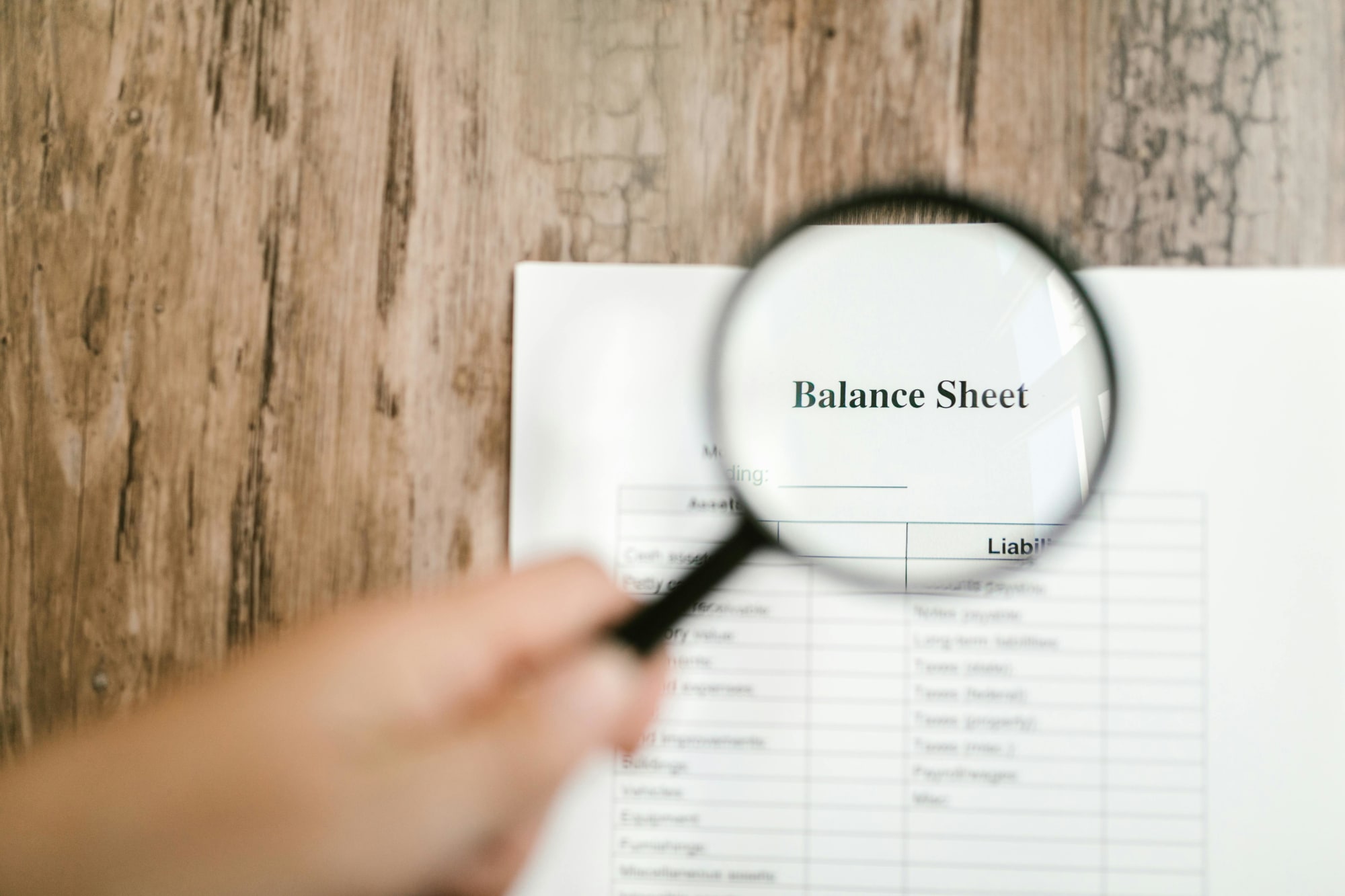Invest
Tips for investors to protect from further market falls
2018 was a pretty rough year for investors. Australian stocks ended the year 6.9% lower, their worst calendar year since 2011. In the US, the S&P500 finished 2018 down 6.2% - the worst year for a decade.
Tips for investors to protect from further market falls
2018 was a pretty rough year for investors. Australian stocks ended the year 6.9% lower, their worst calendar year since 2011. In the US, the S&P500 finished 2018 down 6.2% - the worst year for a decade.

But after a sharp pre-Christmas sell-off – that led to worries of a bear market – we had a much-anticipated Santa Rally which limited the damage for the year. Between Christmas and New Year, US shares surged 6.6% and Australian shares were up 2.8%.
As investors enter 2019, they must now be wondering whether this Santa Rally represents a bottoming in markets.
It’s too early to say. But as we begin the New Year, it’s probably a good time to review why I think that the current sell-off is still likely to be part of a ‘’gummy’’ bear market (like 2011), rather than a “deep grizzly” bear market like the one we saw during the global financial crisis (GFC).
Gummy or Grizzly?

To recap, a gummy bear market typically has falls of around 20%, but then the market rebounds over the next 12 months. That is what we witnessed in 2015-2016 for Australian and global shares.
A grizzly bear market, by contrast, sees top-to-bottom falls of 20%, followed by further 20% or so falls over the next 12 months. It’s what we saw in 1973-74, the tech wreck and the GFC.
The main difference between gummies and grizzlies is the latter is typically associated with recessions.
I still don’t believe a US, global or Australian recession is imminent for a number of reasons:
- Despite the US Federal Reserve increasing rates, monetary conditions in the US are still not tight, and are easy globally
- The US and China are starting to work through their trade war
- Consumer spending will be boosted by the 40% fall in oil prices since October highs
- We are not seeing excesses that usually come before a recession: debt, overinvestment, capacity constraints and inflation
- Fiscal stimulus will continue to boost US growth in 2019
- In Australia, falling house prices, particularly in Sydney and Melbourne, will have a negative impact on the economy, but that should be offset by business investment and infrastructure spending.
How markets could bottom in 2019
So how is a ‘gummy’ bear market likely to play out in 2019?
After the Santa Rally, we could see more downside early this year. Those falls would shift the current sell-off from a normal correction into a gummy bear.
Those lows would coincide with concerns around global growth. But those concerns are likely to trigger more stimulus in China and from the European Central Bank. (The People’s Bank of China has already announced more targeted easing and China’s annual Economic Work Conference signalled more fiscal and monetary stimulus in 2019.)
At the same time, the US Fed is likely to have paused its rate hikes. The recent sell-off was partly triggered by fears the Fed would raise rates too far and tip the US into recession. But in December we saw a ‘dovish’ shift at the Fed, with it softening expectations for future rate hikes. Our base case is that the Fed will hold the Fed Funds rate flat during the first half of this year and only raise rates once in the second-half.
Along with a Fed pause and global stimulus, the US and China should be making progress in resolving their trade tensions.
Ultimately shares should bottom around March.
Essentially this path is a repeat of what we saw in 2015-16, but in a tighter time frame.
What should investors do?
There are a few things that investors should do the current uncertain environment.
- Remember that periodic sharp falls in share markets, while stressful, are normal and healthy. Over the long term, shares generate higher returns than other more stable assets and the periodic setbacks and volatility are the price we pay for that.
- Avoid selling shares or switching to more conservative strategies after a major fall because that just locks in losses.
- Adopt a planned, long-term investment strategy to guard against selling based on emotion
- Remember that when shares and growth investments fall, they are cheaper and offer higher expected returns over the long-term. So look for opportunities in pullbacks.
- Remember that while the value of shares has fallen, the dividends you receive from the market haven’t. Stick with a well-diversified portfolio of shares that are delivering decent income.
- Shares bottom at the point of maximum bearishness. So, remember it’s time to buy when everyone is panicking.
- Turn down the noise. It is difficult to stick to a long-term plan, or to see opportunities, when negative news is at fever pitch. So try and pay less attention to the negative headlines around markets.
Opportunities for the prepared
After a difficult 2018, it’s understandable that investors are confused, even frightened, and looking for a respite from the sell-off. But we are likely to see volatility remain higher for a while yet.
But with no sign of a global recession, we should avoid a grizzly bear market and the correction/gummy bear should bottom in the first half. That will provide investors who are prepared with significant opportunities to buy assets at attractive prices. The key in the meantime is to remain patient and not panic.

Investment insights
Investors maintain cautious stance amid data uncertainty
Amidst the backdrop of a US government shutdown and lingering economic uncertainties, investors have adopted a neutral stance, as revealed by the latest State Street Institutional Investor IndicatorsRead more

Investment insights
State Street's 2026 global market outlook anticipates cautious growth with strategic investment shifts
State Street Investment Management, the world's fourth-largest asset manager, has released its much-anticipated 2026 Global Market Outlook (GMO) report titled "Forward with Focus." The report provides ...Read more

Investment insights
J.P. Morgan strategists highlight Australia as a key investment destination amidst global uncertainties
Amidst a backdrop of fluctuating energy prices, J.P. Morgan Private Bank strategists have identified Australia as a beacon of opportunity for global investors, particularly within its fixed income and ...Read more

Investment insights
HarbourVest Partners unveils new private equity benchmarks highlighting long-term outperformance
In a significant update for the private equity world, HarbourVest Partners, a leading global private markets investment firm, has released its quarterly private equity benchmarks, providing ...Read more

Investment insights
Mason Stevens strengthens UHNW offering through partnership with GloryHouse
In a strategic move set to bolster its position in the ultra-high-net-worth (UHNW) sector, Mason Stevens, a prominent name in Australia's wealth management landscape, has announced a partnership with ...Read more

Investment insights
Beyond the trophy: What the Women in Finance Awards 2025 signal for strategy, talent and ROI
Australia’s Women in Finance Awards have crowned their 2025 cohort, but the real story isn’t the stage—it’s the strategy. Recognition programs now function as market barometers, signalling which ...Read more

Investment insights
Orbis Investments challenges investors to rethink assumptions in 2026
In a bold move to reshape investor perspectives, Orbis Investments has released a new report titled "Six Courageous Questions for 2026," encouraging investors to critically evaluate their assumptions ...Read more

Investment insights
Rate relief on the horizon? How a November cut could reshape Australian balance sheets
With unemployment edging up to a multi-year high, markets are weighing whether the Reserve Bank will pivot to a rate cut as early as November. For CFOs and CEOs, the real question isn’t if a cut ...Read more

Investment insights
Investors maintain cautious stance amid data uncertainty
Amidst the backdrop of a US government shutdown and lingering economic uncertainties, investors have adopted a neutral stance, as revealed by the latest State Street Institutional Investor IndicatorsRead more

Investment insights
State Street's 2026 global market outlook anticipates cautious growth with strategic investment shifts
State Street Investment Management, the world's fourth-largest asset manager, has released its much-anticipated 2026 Global Market Outlook (GMO) report titled "Forward with Focus." The report provides ...Read more

Investment insights
J.P. Morgan strategists highlight Australia as a key investment destination amidst global uncertainties
Amidst a backdrop of fluctuating energy prices, J.P. Morgan Private Bank strategists have identified Australia as a beacon of opportunity for global investors, particularly within its fixed income and ...Read more

Investment insights
HarbourVest Partners unveils new private equity benchmarks highlighting long-term outperformance
In a significant update for the private equity world, HarbourVest Partners, a leading global private markets investment firm, has released its quarterly private equity benchmarks, providing ...Read more

Investment insights
Mason Stevens strengthens UHNW offering through partnership with GloryHouse
In a strategic move set to bolster its position in the ultra-high-net-worth (UHNW) sector, Mason Stevens, a prominent name in Australia's wealth management landscape, has announced a partnership with ...Read more

Investment insights
Beyond the trophy: What the Women in Finance Awards 2025 signal for strategy, talent and ROI
Australia’s Women in Finance Awards have crowned their 2025 cohort, but the real story isn’t the stage—it’s the strategy. Recognition programs now function as market barometers, signalling which ...Read more

Investment insights
Orbis Investments challenges investors to rethink assumptions in 2026
In a bold move to reshape investor perspectives, Orbis Investments has released a new report titled "Six Courageous Questions for 2026," encouraging investors to critically evaluate their assumptions ...Read more

Investment insights
Rate relief on the horizon? How a November cut could reshape Australian balance sheets
With unemployment edging up to a multi-year high, markets are weighing whether the Reserve Bank will pivot to a rate cut as early as November. For CFOs and CEOs, the real question isn’t if a cut ...Read more








